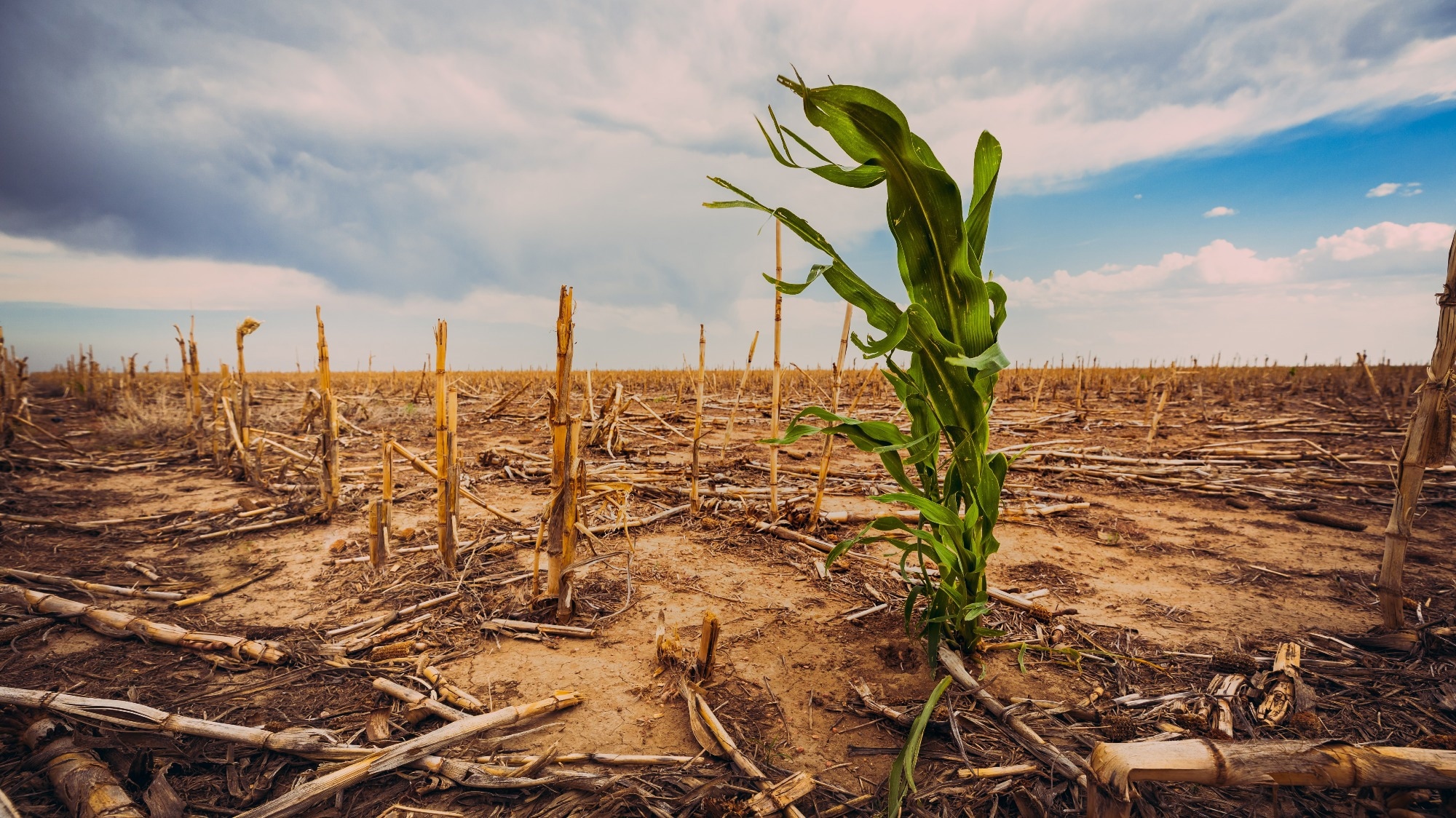An article published in The Journal of Infectious Diseases describes how climate change may influence the transmission efficacy of several vector-, water-, and food-borne infections and to what extent these changes can impact socioeconomically deprived and vulnerable populations.
 Article: Climate Change and Contagion: The Circuitous Impacts From Infectious Diseases. Image Credit: Scott Book / Shutterstock
Article: Climate Change and Contagion: The Circuitous Impacts From Infectious Diseases. Image Credit: Scott Book / Shutterstock
Background
Earth’s temperature is increasing gradually due to excessive greenhouse gas emissions. The global 10-year average temperature jumped to 1.15 °C above preindustrial levels in 2022. While climate change can directly impact heat waves, floods, and droughts, it can indirectly influence the transmission potency of many infectious pathogens.
The contagious nature and epidemic potential of these pathogens can be a potential public health concern, especially for marginalized and vulnerable populations who contribute the least to greenhouse gas emissions but are disproportionately affected by the detrimental effects of climate change.
Vector-borne infections
Dengue is a vector-borne infection transmitted to humans via an infected Aedes mosquito bite. Due to increasing rates of urbanization, human mobility, and climate change, more than 50% of the global population is currently at risk of contracting dengue.
Global warming is predicted to facilitate the abundance and global distribution of dengue vectors (Aedes mosquito). Higher altitudes and temperate regions are predicted to experience higher transmissibility, which can negatively affect naïve populations of these regions because of the absence of pre-existing immunity and equipped healthcare systems.
West Nile virus (WNV) is also transmitted to humans through infected mosquito bites. Higher ambient temperature can improve WNV fitness by increasing its replication inside mosquitoes, accelerating its growth rate, and reducing intervals between blood meals.
Spring temperate is a robust predictor of WNV transmission in Europe. Depending on geographic regions and climatic conditions, the risk of WNV infection is predicted to increase by fivefold in Europe during 2040 – 2060. Western Europe is predicted to experience the most significant outbreaks of WNV infections.
Food-borne infections
The frequency of food-borne infections caused by Salmonella increases in summer months as temperate conditions facilitate the replication of this bacteria. Higher temperatures and heavy rainfall also influence the temporal and geographic distribution of Campylobacter in Northern Europe.
The number of Campylobacter cases is predicted to increase by 200-fold by 2100. An extension of the transmission season (summer months), together with other types of climate change, might be responsible for this rise.
Water-borne infections
About 1.4 million deaths occur worldwide annually due to illnesses caused by contaminated water, poor sanitation, and lack of basic hygiene in households, schools, and healthcare centers.
Climate change has become a leading cause of water-borne infections. Increased global temperature induces water evaporation from oceans and a subsequent increase in atmospheric moisture content. These changes cause heavy rainfall and floods, which in turn contribute to increased outbreaks of water-borne infections.
It has been estimated that the number of excess deaths due to temperature-attributable enteric infections could range between 10,000 and 75,000 per year by 2050–2065, considering optimistic and pessimistic conditions, respectively.
A significant expansion of marine bacteria (Vibrio parahaemolyticus and Vibrio vulnificus) habitats in brackish water has been observed in recent years due to ocean warming. These bacterial populations can cause severe gastrointestinal infections and wound infections, which can further progress to more severe outcomes, including necrotizing fasciitis, septicemia, and death.
Considering medium to high emission conditions, Vibrio vulnificus population is expected to expand to every US state along the seaboard by 2080. This can lead to a simultaneous increase in infection risks in the coming decades.
Adaptation to climate change
Challenges associated with controlling climate change-attributable infection rates can be overcome to some extent by continuous monitoring of epidemic precursors of infections through early warning systems.
The risk from climate change is determined by climate hazard, vulnerability, and exposure. Novel big data sources can be explored to capture the complex and nonlinear interactions between these factors.
Smart traps that utilize mosquito sensors with machine learning algorithms and bio-acoustic recordings of live insects can be used to identify indigenous or invasive vector species.
Detection of community transmission before clinical diagnosis can be achieved through monitoring wastewater pathogens.